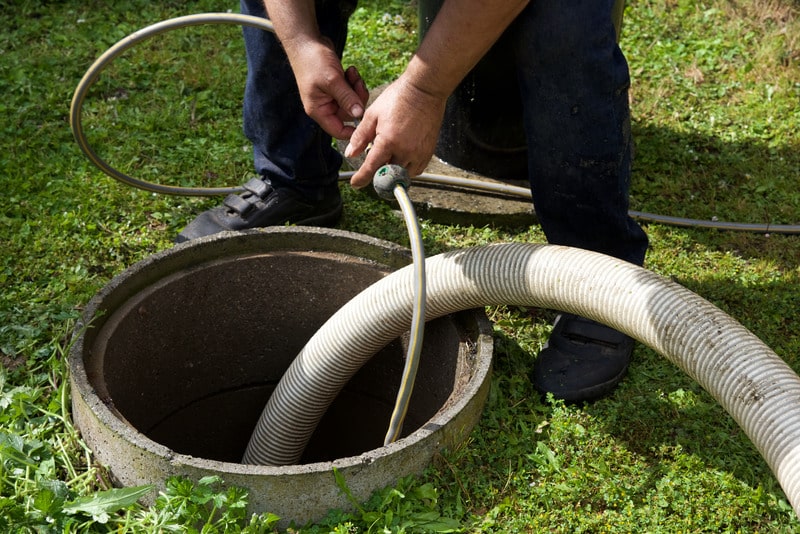How Stillwell Septic And Grading can Save You Time, Stress, and Money.
How Stillwell Septic And Grading can Save You Time, Stress, and Money.
Blog Article
A Biased View of Stillwell Septic And Grading
Table of ContentsStillwell Septic And Grading Fundamentals ExplainedSome Ideas on Stillwell Septic And Grading You Should KnowLittle Known Facts About Stillwell Septic And Grading.The Ultimate Guide To Stillwell Septic And GradingThe 7-Second Trick For Stillwell Septic And GradingNot known Details About Stillwell Septic And Grading Everything about Stillwell Septic And Grading
In general, septic system installment is an intricate process that requires mindful preparation and execution. Homeowners should collaborate with a respectable installment group and be conscious of local guidelines and needs to ensure that their septic system operates properly for several years ahead. After the sewage-disposal tank has actually been mounted and connected to the drainpipe area, it is time to backfill the area.The backfill material must be devoid of clods, large rocks, frozen issue, and debris that can cause voids in the backfill that might enable resolving gradually. Crushed rock or pea gravel 1/2-inch in size is favored if native materials are not ideal. When the backfilling is total, it is time to landscape the area.
Once the septic tank has actually been mounted, it is essential to check it to make certain that it is working correctly (Septic Tank Pumping). http://peterjackson.mee.nu/where_i_work#c2086. Evaluating the system involves looking for leakages, ensuring that the storage tank goes to the suitable level, and checking out the drain area. One of the most typical examinations performed is the hydraulic lots examination
Stillwell Septic And Grading - Questions
The water is after that kept track of to make certain that it flows appropriately with the pipes and right into the drainpipe area. If the water does not flow properly or backs up into the tank, it may indicate a trouble with the system. An additional examination that is commonly carried out is the dye examination.
The dye is then checked to make certain that it streams appropriately via the pipes and right into the drain area. If the dye does not move appropriately or appears in the wrong area, it may suggest an issue with the system. It is important to have an expert perform these examinations to ensure that they are done properly.

The Facts About Stillwell Septic And Grading Uncovered
Below are some necessary pointers for property owners to maintain their septic system: The typical house septic system need to be checked at least every 3 years by a septic service expert. The regularity of pumping relies on the dimension of the tank and the number of people utilizing it. https://soundcloud.com/stillwellsag. A basic general rule is to pump the tank every three to five years
Making use of water-efficient fixtures and home appliances, such as low-flow showerheads and toilets, can minimize water use and aid the septic tank job a lot more successfully. Just flush toilet tissue and human waste down the toilet. Prevent purging anything else, including feminine hygiene products, baby wipes, and cooking grease, as they can clog the system.
The Main Principles Of Stillwell Septic And Grading
Sewage-disposal tank setup is a complicated procedure that requires careful planning and implementation. Property owners have to understand the needed steps associated with the installation process to make sure that their septic tank operates correctly and efficiently. The primary step is to examine the site where the septic tank will certainly be mounted.
Once the site has actually been reviewed, the next action is to prepare for the installation. House owners must make sure that their specialist is experienced in septic tank installation and will function together with them throughout the process.
More About Stillwell Septic And Grading

House owners need to recognize the necessary actions involved in the setup procedure to ensure that their Find Out More septic system works appropriately and effectively. By adhering to these actions and keeping their system, property owners can feel confident that their septic tank will supply trustworthy wastewater treatment for years ahead.
Virtually one in five U.S. homes have septic tanks. Yours may be just one of them. If you're not properly keeping your septic tank, you're not just harming the atmosphere, you're placing your household's health and wellness at riskand may be flushing countless bucks down the tubes! Do Your Component, Be SepticSmart: The Do's and Do n'ts of Your Septic System.
Stillwell Septic And Grading for Beginners

All that added water can actually strain your septic system. This can be handy especially if your system has not been pumped in a long time.
The Buzz on Stillwell Septic And Grading
Know your system's place. When you have the tank pumped, attract a layout or map revealing its place in relation to fixed points - corners of the house, steps, or fence articles.
Excessive water can hurt it. Don't dig, build, or plant anything aside from yard over the drainfield. Conserve water. Septic Inspection. Lower the amount of wastewater that must be treated and thrown away by your system: Wash no more than a couple of lots of clothing daily. Approximately 53 gallons of water flood your septic tank with each load, so it's ideal to spread out washing out over the week.
Report this page